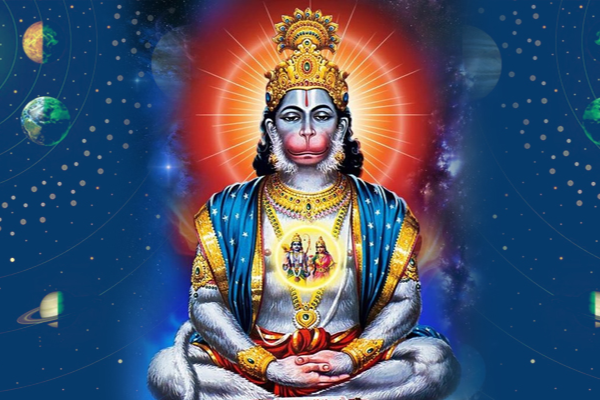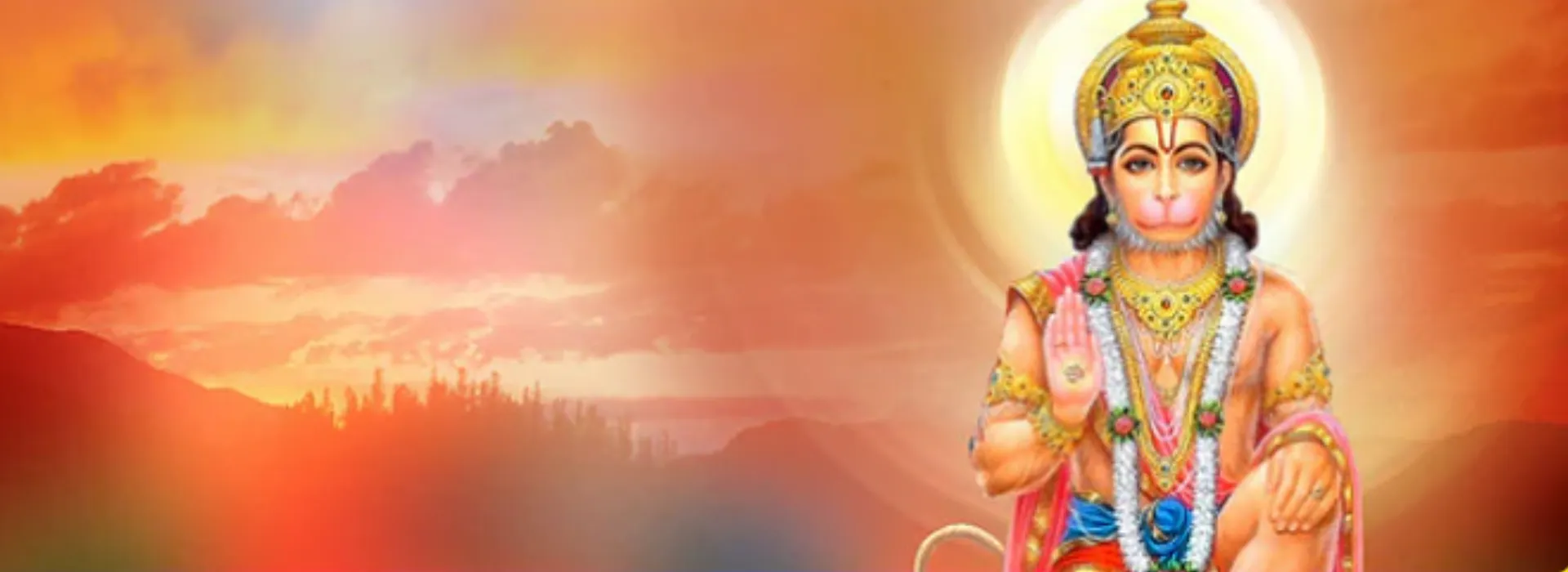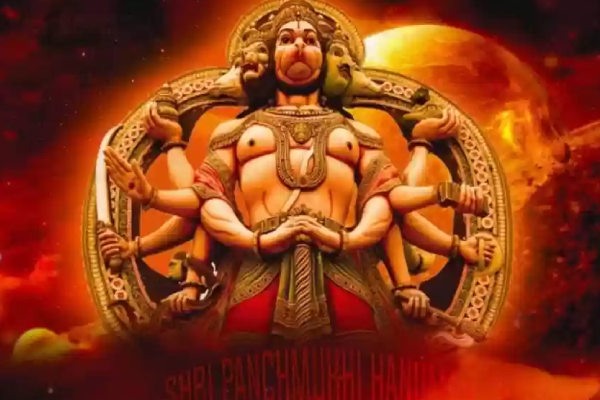About Us
Who We Are
ABOUT HANUMAN TEMPLE


History About Us
Consectetur lacinia phasellus luctus ac gravida. Habitant dui sodales cursus ligula sem aliquam inceptos facilisi morbi nulla. Turpis ipsum elit molestie consequat condimentum tempus tempor. Phasellus nam urna egestas nibh adipiscing sociosqu eleifend fames tempus nec.
Pharetra natoque montes ex cubilia interdum cursus magna fusce blandit. Nisi facilisi gravida hendrerit.
Platea accumsan habitant pellentesque inceptos dis integer taciti adipiscing malesuada a dictum. Scelerisque aptent vehicula aenean praesent luctus. Netus montes vehicula laoreet egestas justo volutpat odio elementum convallis.

Nora Sanders - Founder
BRIEF HISTORY OF THE HANUMAN TEMPLE

First Renovation (1991) and Mahakumbhabhishekam
After a gap of 128 years, since Its existence, the first renovation committee was formed, under the chairmanship of Justice Chandrasekhara Menon, an ardent devotee ofAnjaneya Swami, in 1985 involving hereditary Trustees, Administrator and the public devotees who were closely associated with the temple. Except the front portion of the temple where the Gopuram is situated, all the three sides of the temple were cleared and demolished. A new sanctum sanctorum, Mukhamandapam, Vimanagopuram, Bhajan Hall and a two storied building with kitchen and staff accommodation, etc. were constructed. A Small temple for Nagaraja and Raghavendra Swamiji’s Brindavan, also came up as per astrological rules. Thus the stage was set for the celebration of the first Mahakumbhabhishekam in 1991 on Sree Rama Navami Day with the participation of H H Vidhyamanya Theertha Swamiji of Udupi Palimar Mutt and H H Vishwesha Theertha Swamiji of Udupi Pejawar Mutt.

Second Mahakumbhabhlshekam and Construction of Rajagopuram
After 12 years in 2003 the ashtabandha Mahakumbhabhishekam took place during Shree Rama Navami festival. Another turning point in the history of the temple is the construction of the Raja Gopuram in place of the old Gopuram in sundarakanda Homa front of the temple. Three decorated statues of Anjaneya Swami, Bhima Sena and Madhwacharya were installed above the Rajagopuram. An Alankara Gopuram behind with a spacious hall was also constructed. ln 2014, Shree Hanuman Kovil is gearing up to celebrate the third Mahakumbhabhishekam coinciding with the Annual Sree Rama Navami celebration from march 21st March to 29th March 2015

First Renovation (1991) and Mahakumbhabhishekam
After a gap of 128 years, since Its existence, the first renovation committee was formed, under the chairmanship of Justice Chandrasekhara Menon, an ardent devotee ofAnjaneya Swami, in 1985 involving hereditary Trustees, Administrator and the public devotees who were closely associated with the temple. Except the front portion of the temple where the Gopuram is situated, all the three sides of the temple were cleared and demolished. A new sanctum sanctorum, Mukhamandapam, Vimanagopuram, Bhajan Hall and a two storied building with kitchen and staff accommodation, etc. were constructed. A Small temple for Nagaraja and Raghavendra Swamiji’s Brindavan, also came up as per astrological rules. Thus the stage was set for the celebration of the first Mahakumbhabhishekam in 1991 on Sree Rama Navami Day with the participation of H H Vidhyamanya Theertha Swamiji of Udupi Palimar Mutt and H H Vishwesha Theertha Swamiji of Udupi Pejawar Mutt.

Second Mahakumbhabhlshekam and Construction of Rajagopuram
After 12 years in 2003 the ashtabandha Mahakumbhabhishekam took place during Shree Rama Navami festival. Another turning point in the history of the temple is the construction of the Raja Gopuram in place of the old Gopuram in sundarakanda Homa front of the temple. Three decorated statues of Anjaneya Swami, Bhima Sena and Madhwacharya were installed above the Rajagopuram. An Alankara Gopuram behind with a spacious hall was also constructed. ln 2014, Shree Hanuman Kovil is gearing up to celebrate the third Mahakumbhabhishekam coinciding with the Annual Sree Rama Navami celebration from march 21st March to 29th March 2015
Third Mahakumbhabhishekam (2015) and preparation-purpose and its sanctity


Importance of Yagna and Homas during Kumbhabhishekas
Spiritual aspects of Homas



